What is Continuous Testing and QA in the Cloud?
Continuous testing and quality assurance (QA) in the cloud refer to the integration of testing and QA processes into cloud-based environments. This approach enables organizations to leverage the benefits of cloud computing, such as scalability, flexibility, and cost savings, while ensuring the delivery of high-quality software applications. By automating testing and QA tasks, teams can achieve faster feedback cycles, enabling them to identify and address issues early in the development process. The importance of continuous testing and QA in the cloud lies in its ability to support agile and DevOps methodologies, where rapid iteration and collaboration are essential. Real-time feedback and continuous monitoring help teams optimize their development efforts, ensuring that applications meet user expectations and business objectives.
Incorporating continuous testing and QA in the cloud into your software development lifecycle offers several advantages, including:
- Automation: Automating testing and QA tasks reduces manual effort, accelerates feedback, and minimizes human error.
- Agility: Continuous testing and QA in the cloud enable teams to adapt quickly to changing requirements and market demands.
- Real-time feedback: Immediate feedback allows teams to identify and resolve issues promptly, ensuring the delivery of high-quality software.
- Scalability: Cloud-based testing environments can easily scale up or down, accommodating fluctuating testing demands and resource requirements.
- Cost savings: Utilizing cloud resources on-demand eliminates the need for expensive hardware investments and maintenance costs.
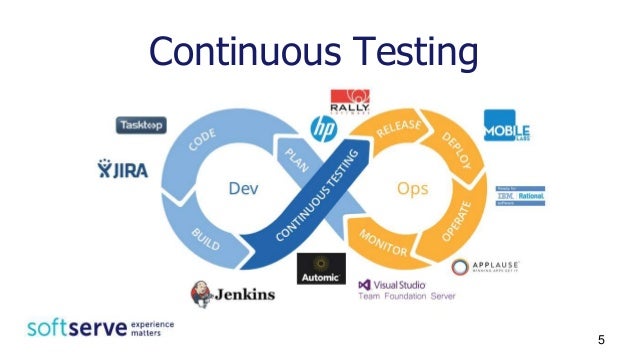
How to Implement Continuous Testing and QA in the Cloud
Implementing continuous testing and quality assurance (QA) in the cloud is a strategic decision that can significantly improve software development efficiency and product quality. To successfully integrate these processes into your cloud-based environments, consider the following key steps:
1. Select the Right Cloud Platform
Choosing the right cloud platform is crucial for a successful continuous testing and QA strategy. Consider factors such as cost, scalability, security, and integration capabilities when selecting a cloud provider. Popular cloud platforms for continuous testing and QA include Amazon Web Services (AWS), Microsoft Azure, Google Cloud Platform (GCP), and IBM Cloud.
2. Integrate Testing Tools
Integrate cloud-based testing tools that support your continuous testing and QA strategy. Popular solutions include AWS Device Farm, BrowserStack, and Sauce Labs. These tools offer features such as cross-browser testing, mobile app testing, and test automation, enabling teams to test applications in various environments and configurations.
3. Automate Test Cases
Automating test cases is essential for achieving faster feedback cycles and reducing manual effort. Utilize test automation frameworks and tools such as Selenium, Appium, or TestComplete to automate functional, regression, and performance tests. Integrate these tools with your continuous integration/continuous delivery (CI/CD) pipeline to ensure seamless test execution and feedback.
4. Implement Continuous Monitoring
Continuous monitoring is vital for maintaining application performance, security, and user experience. Implement monitoring tools such as New Relic, Datadog, or Dynatrace to track application metrics, logs, and events. Integrate these tools with your CI/CD pipeline to receive real-time alerts and notifications when issues arise.
5. Establish a Collaborative Environment
Promote collaboration between development, testing, and operations teams by implementing tools and practices that facilitate communication and information sharing. Adopt DevOps practices such as infrastructure as code (IaC), version control, and chatops to streamline collaboration and improve overall software development efficiency.
6. Continuously Optimize and Improve
Continuous testing and QA in the cloud is an iterative process that requires constant optimization and improvement. Regularly review your testing strategy, tools, and processes to identify areas for improvement and implement changes as needed. This approach ensures that your continuous testing and QA strategy remains effective and aligned with your organization’s goals and objectives.
Implementing continuous testing and QA in the cloud offers numerous benefits, including accelerated feedback cycles, improved product quality, and reduced costs. By following the key steps outlined above, organizations can successfully integrate testing and QA processes into their cloud-based environments, ensuring the delivery of high-quality software applications.
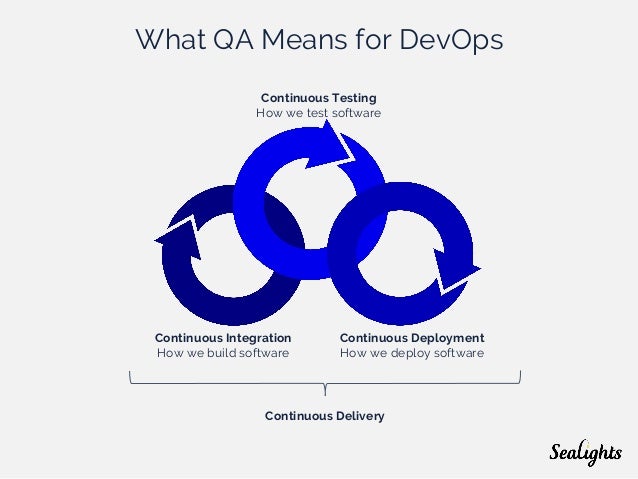
The Role of Containers in Continuous Testing and QA
Containers, such as Docker, play a significant role in simplifying continuous testing and QA in the cloud. By providing consistent, isolated environments for applications, containers enable teams to efficiently manage and test applications across various stages of the software development lifecycle.
Benefits of Containerization
Containerization offers several advantages for continuous testing and QA in the cloud, including:
- Faster deployment: Containers allow for quicker deployment of applications and their dependencies, reducing the time required for testing and QA activities.
- Easier scaling: Containers can be easily scaled up or down, depending on the testing requirements, ensuring optimal resource utilization and cost management.
- Improved collaboration: Containers facilitate collaboration between development, testing, and operations teams by providing a consistent environment for application development, testing, and deployment.
Implementing Containers in Continuous Testing and QA
To effectively implement containers in continuous testing and QA, consider the following steps:
- Choose a containerization platform: Select a containerization platform, such as Docker or Kubernetes, that aligns with your organization’s needs and requirements.
- Create container images: Create container images for your applications and their dependencies, ensuring that all required components are included and properly configured.
- Integrate with CI/CD pipelines: Integrate containerization into your CI/CD pipelines, enabling seamless deployment and testing of applications across various environments.
- Implement container orchestration: Utilize container orchestration tools, such as Kubernetes or Docker Swarm, to manage and scale containers during testing and QA activities.
By incorporating containers into continuous testing and QA processes, organizations can achieve faster feedback cycles, improved product quality, and reduced costs. Embracing containerization enables teams to efficiently manage and test applications in the cloud, ensuring the delivery of high-quality software applications.
Continuous Testing Best Practices in the Cloud
Continuous testing and QA in the cloud offer numerous benefits, such as accelerated feedback cycles, improved product quality, and reduced costs. To fully leverage these advantages, it’s essential to follow best practices for continuous testing in the cloud. Here are some key recommendations:
Adopt a Shift-Left Approach
Shift-left testing involves integrating testing and QA activities earlier in the software development lifecycle. By doing so, teams can identify and address issues sooner, reducing the likelihood of defects and rework. Implementing shift-left testing in cloud-based environments enables faster feedback and improved collaboration between development, testing, and operations teams.
Focus on Test Automation
Automating test cases is crucial for continuous testing and QA in the cloud. Automation reduces manual effort, accelerates feedback cycles, and enables teams to test more efficiently. Prioritize the automation of regression tests, smoke tests, and other repetitive tasks to maximize efficiency and ensure consistent, reliable test outcomes.
Integrate Security Testing
Security testing is an essential aspect of continuous testing and QA in the cloud. Integrating security testing throughout the software development lifecycle helps identify vulnerabilities and mitigate risks. Utilize security testing tools and techniques, such as static application security testing (SAST), dynamic application security testing (DAST), and penetration testing, to ensure the security and integrity of your applications.
Implement Continuous Monitoring and Optimization</h
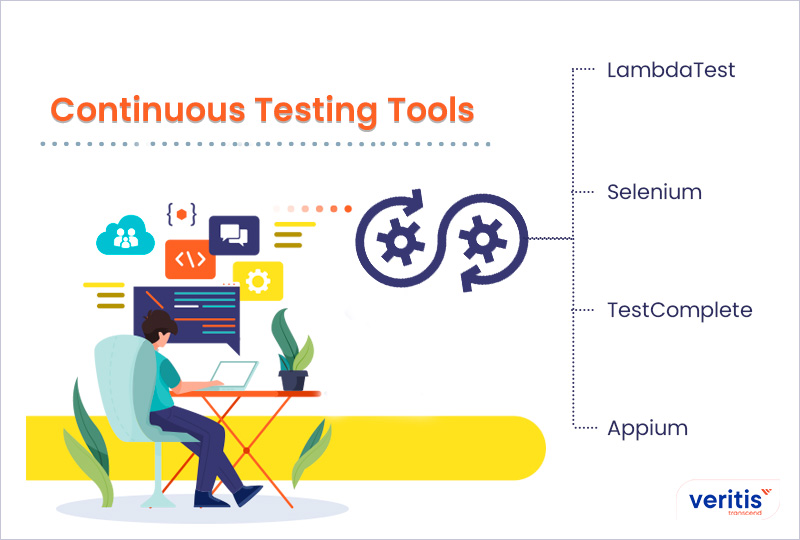
Challenges and Solutions for Cloud-Based QA and Testing
Continuous testing and QA in the cloud offer numerous benefits, but they also come with unique challenges. Addressing these challenges effectively is crucial for successful implementation and optimal performance. Here are some common challenges and potential solutions for cloud-based QA and testing:
Data Security
Data security is a significant concern in cloud-based QA and testing. To mitigate risks, consider implementing encryption for data at rest and in transit, using secure communication protocols, and following strict access control policies. Additionally, ensure that your cloud provider complies with relevant data protection regulations and industry standards.
Test Environment Management
Managing test environments in the cloud can be complex due to the dynamic nature of cloud resources. To simplify test environment management, consider using infrastructure as code (IaC) tools, such as Terraform or CloudFormation, to automate the provisioning and teardown of test environments. Additionally, implement monitoring and alerting mechanisms to track resource utilization and costs.
Test Case Design
Designing test cases for cloud-based applications requires a different approach compared to traditional testing. Focus on testing the integration between cloud services, resiliency, and performance under varying network conditions. Utilize cloud-based testing tools, such as AWS Device Farm, BrowserStack, or Sauce Labs, to simulate real-world scenarios and ensure comprehensive test coverage.
Integration with DevOps Practices
To fully leverage the benefits of continuous testing and QA in the cloud, it’s essential to integrate these processes with DevOps practices. Implement continuous integration and continuous delivery (CI/CD) pipelines, automate testing and deployment processes, and foster a culture of collaboration and communication between development, testing, and operations teams.
Cost Management
Cost management is a critical aspect of cloud-based QA and testing. To minimize costs, consider implementing cost optimization strategies, such as rightsizing instances, using spot instances, and scheduling test runs during off-peak hours. Additionally, monitor and track cloud expenditures regularly to identify potential cost savings and optimize resource utilization.
Skills and Training
Cloud-based QA and testing require specialized skills and knowledge. Invest in training and development programs to ensure that your team is up-to-date with the latest tools, technologies, and best practices. Encourage knowledge sharing, collaboration, and continuous learning to build a high-performing team capable of addressing the challenges of cloud-based QA and testing.
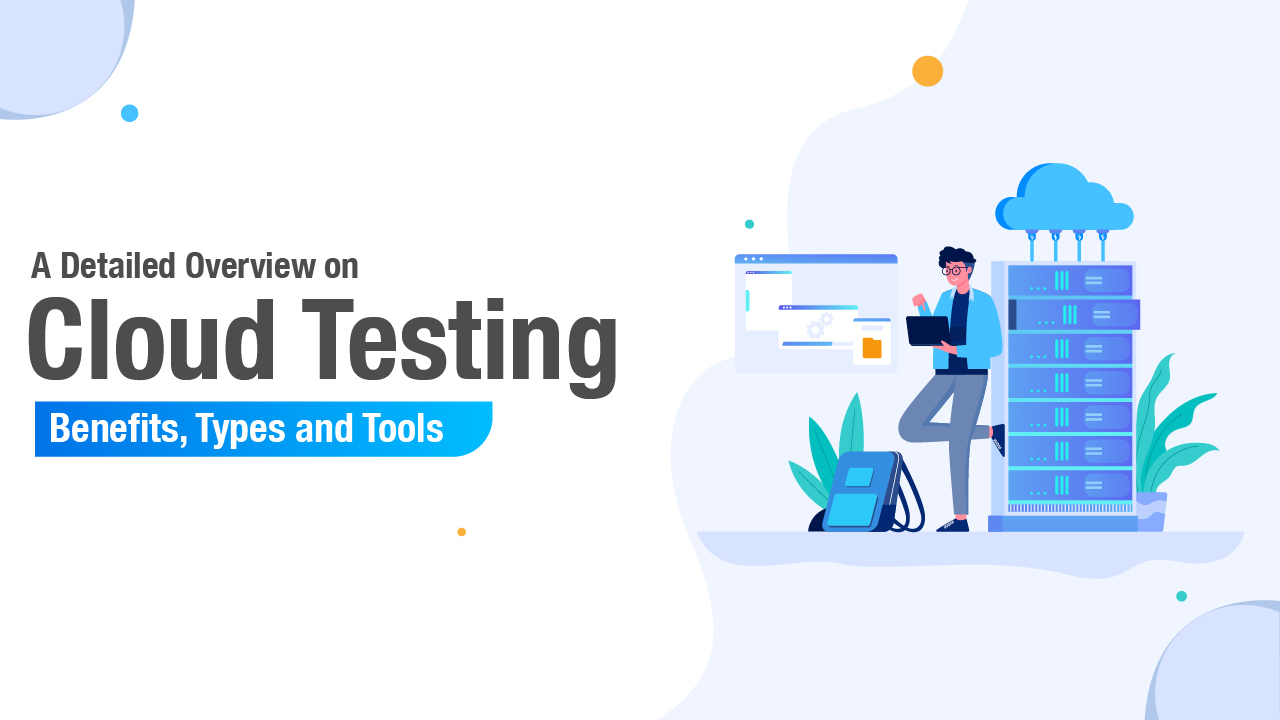
Real-World Examples of Continuous Testing and QA in the Cloud
Continuous testing and QA in the cloud have gained significant traction among organizations seeking to accelerate software development and improve product quality. Numerous companies have successfully implemented these practices, reaping substantial benefits. Here are a few real-world examples:
Netflix: Pioneering Cloud-Based QA and Testing
Netflix, a leading streaming service, has been a pioneer in cloud-based QA and testing. By leveraging AWS and a microservices architecture, Netflix has been able to automate testing, scale quickly, and ensure high availability. The company’s use of containers and serverless computing has further streamlined its testing processes, enabling rapid deployment and continuous improvement.
Spotify: Adopting a Shift-Left Approach
Spotify, the popular music streaming platform, has embraced a shift-left approach to continuous testing and QA in the cloud. By integrating testing early in the development lifecycle, Spotify has been able to catch and address defects earlier, reducing costs and improving overall product quality. The company utilizes cloud-based tools and automation to ensure comprehensive test coverage and real-time feedback.
ING Bank: Implementing DevOps Practices
ING Bank, a global financial institution, has successfully implemented DevOps practices, including continuous testing and QA in the cloud. By fostering a culture of collaboration and communication between development, testing, and operations teams, ING Bank has been able to accelerate software delivery, improve product quality, and enhance customer satisfaction. The bank utilizes cloud-based tools, such as Jenkins and Docker, to automate testing and deployment processes.
Capital One: Focusing on Security Testing
Capital One, a leading financial services company, has placed a strong emphasis on security testing as part of its continuous testing and QA in the cloud strategy. By integrating security testing throughout the development lifecycle, Capital One has been able to identify and remediate vulnerabilities early, reducing risks and ensuring compliance with regulatory requirements. The company utilizes cloud-based testing tools and automation to streamline security testing and maintain a high level of product quality.
These real-world examples demonstrate the potential benefits of continuous testing and QA in the cloud. By adopting best practices, investing in the right tools and technologies, and fostering a culture of collaboration and continuous learning, organizations can successfully implement these practices and achieve significant improvements in software development and product quality.

The Future of Continuous Testing and QA in the Cloud
As organizations continue to embrace cloud-based solutions for software development, continuous testing and QA in the cloud are poised for significant advancements. Here are some emerging trends and future developments to watch:
AI-Driven Testing
Artificial intelligence (AI) and machine learning (ML) are increasingly being integrated into continuous testing and QA processes. AI-driven testing can help identify patterns, predict defects, and optimize test cases, leading to faster development cycles and improved product quality. By leveraging AI and ML algorithms, organizations can automate complex testing tasks, enabling teams to focus on more strategic activities.
Serverless Architectures
Serverless architectures, such as AWS Lambda and Google Cloud Functions, are gaining popularity in cloud-based software development. These architectures enable organizations to build and deploy applications without managing servers, reducing infrastructure costs and simplifying testing processes. Continuous testing and QA in serverless environments can help ensure seamless integration, performance, and security of applications.
Increased Adoption of DevOps Practices
DevOps practices, such as continuous integration, continuous delivery, and infrastructure as code, are becoming increasingly prevalent in cloud-based software development. By adopting DevOps principles, organizations can streamline development, testing, and deployment processes, leading to faster time-to-market and improved product quality. Continuous testing and QA play a critical role in ensuring the success of DevOps initiatives by providing real-time feedback and facilitating continuous improvement.
Shift-Left Security Testing
Security testing is becoming an integral part of continuous testing and QA in the cloud. As cloud-based applications become increasingly complex, ensuring their security is paramount. By adopting a shift-left approach to security testing, organizations can identify and remediate vulnerabilities earlier in the development lifecycle, reducing risks and ensuring compliance with regulatory requirements.
Expanded Use of Containers and Kubernetes
Containers, such as Docker, and container orchestration tools, like Kubernetes, are becoming essential components of cloud-based software development. These technologies enable organizations to create consistent, isolated environments for applications, simplifying continuous testing and QA processes. As the use of containers and Kubernetes expands, so too will the need for robust continuous testing and QA strategies to ensure the reliability and security of containerized applications.
Continuous testing and QA in the cloud are evolving rapidly, driven by emerging trends and innovative technologies. By staying up-to-date with these developments and adopting best practices, organizations can harness the full potential of cloud-based software development, delivering high-quality, secure, and reliable applications to their customers.
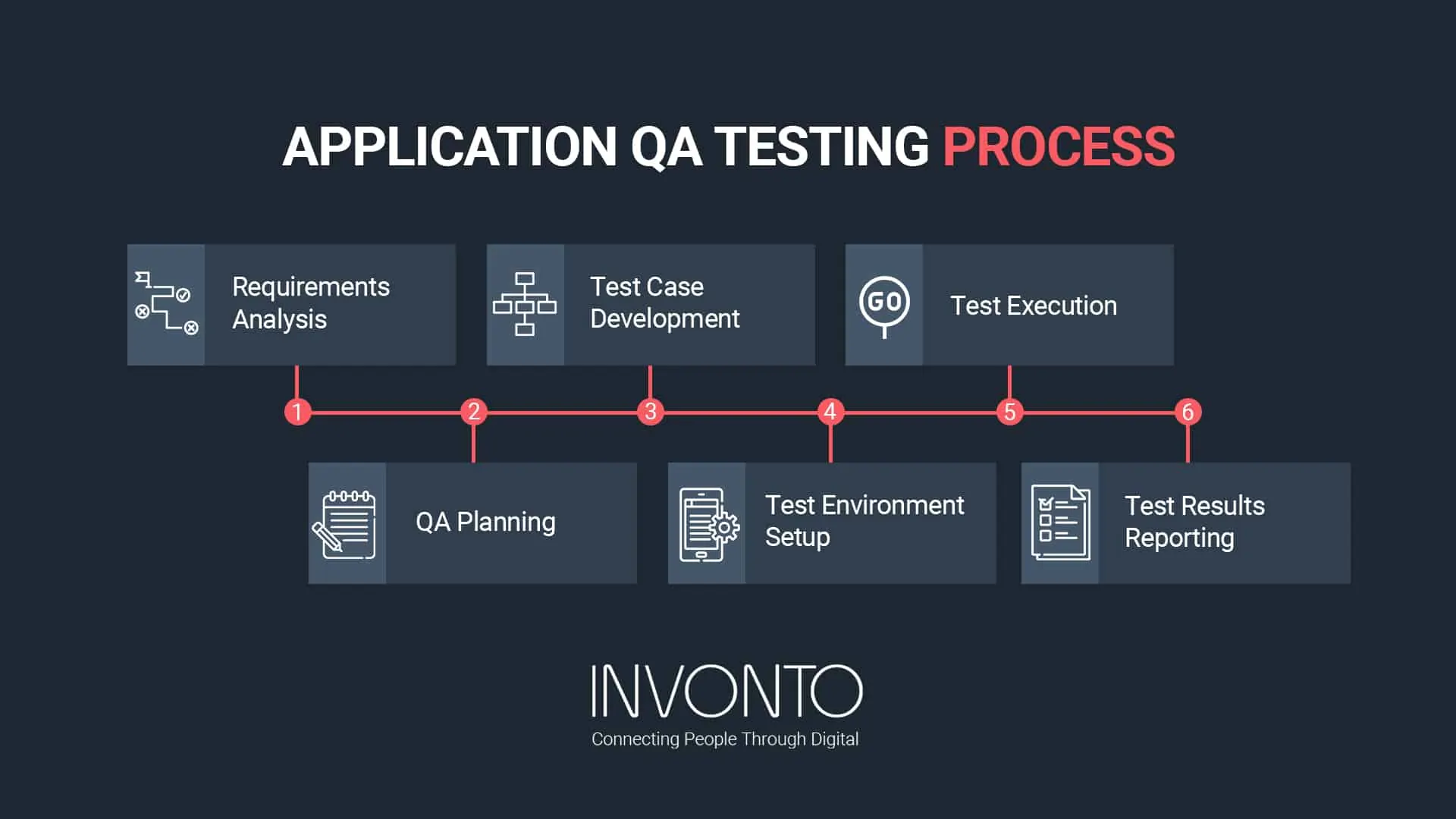
Conclusion: Embracing Continuous Testing and QA in the Cloud
In today’s fast-paced, cloud-driven software development landscape, continuous testing and QA are essential components for ensuring high-quality, reliable, and secure applications. By integrating testing and QA processes into cloud-based environments, organizations can harness the power of automation, agility, and real-time feedback to streamline development cycles and deliver exceptional products to their customers.
Continuous testing and QA in the cloud offer numerous benefits, including faster deployment, easier scaling, and improved collaboration. By adopting best practices, such as a shift-left approach, focusing on test automation, and integrating security testing, organizations can ensure the success of their cloud-based QA and testing initiatives. Moreover, addressing common challenges, such as data security, test environment management, and test case design, is crucial for overcoming potential obstacles and ensuring seamless continuous testing and QA in the cloud.
As emerging trends and innovative technologies continue to shape the future of cloud-based software development, continuous testing and QA will remain at the forefront. AI-driven testing, serverless architectures, and increased adoption of DevOps practices are just a few of the developments that will redefine continuous testing and QA in the cloud. By staying up-to-date with these trends and adopting the latest best practices, organizations can maintain a competitive edge and continue to deliver exceptional products and services to their customers.
In conclusion, continuous testing and QA in the cloud are no longer optional; they are critical for success in the modern software development landscape. Embrace these practices, stay informed about emerging trends, and reap the rewards of automation, agility, and real-time feedback. The future of cloud-based software development is here, and continuous testing and QA are essential for navigating this ever-evolving landscape.

